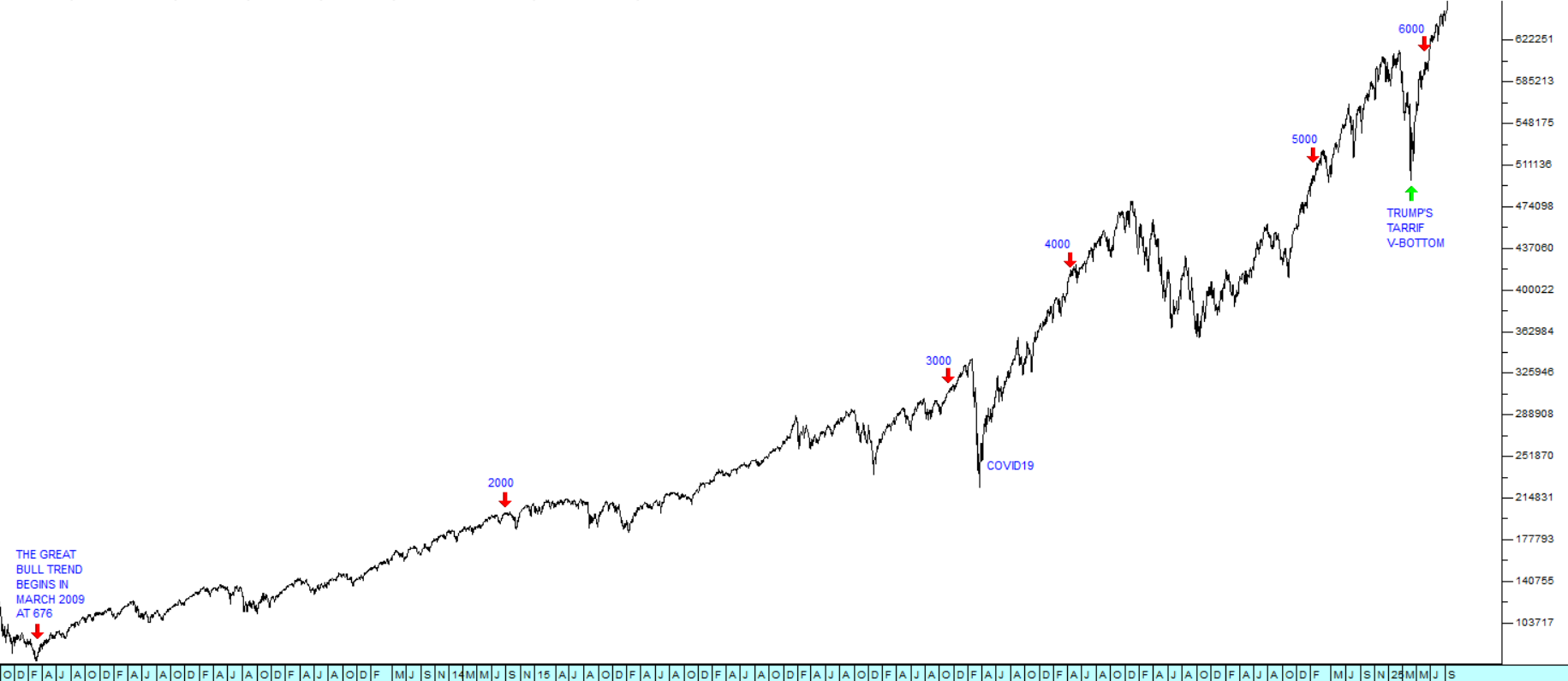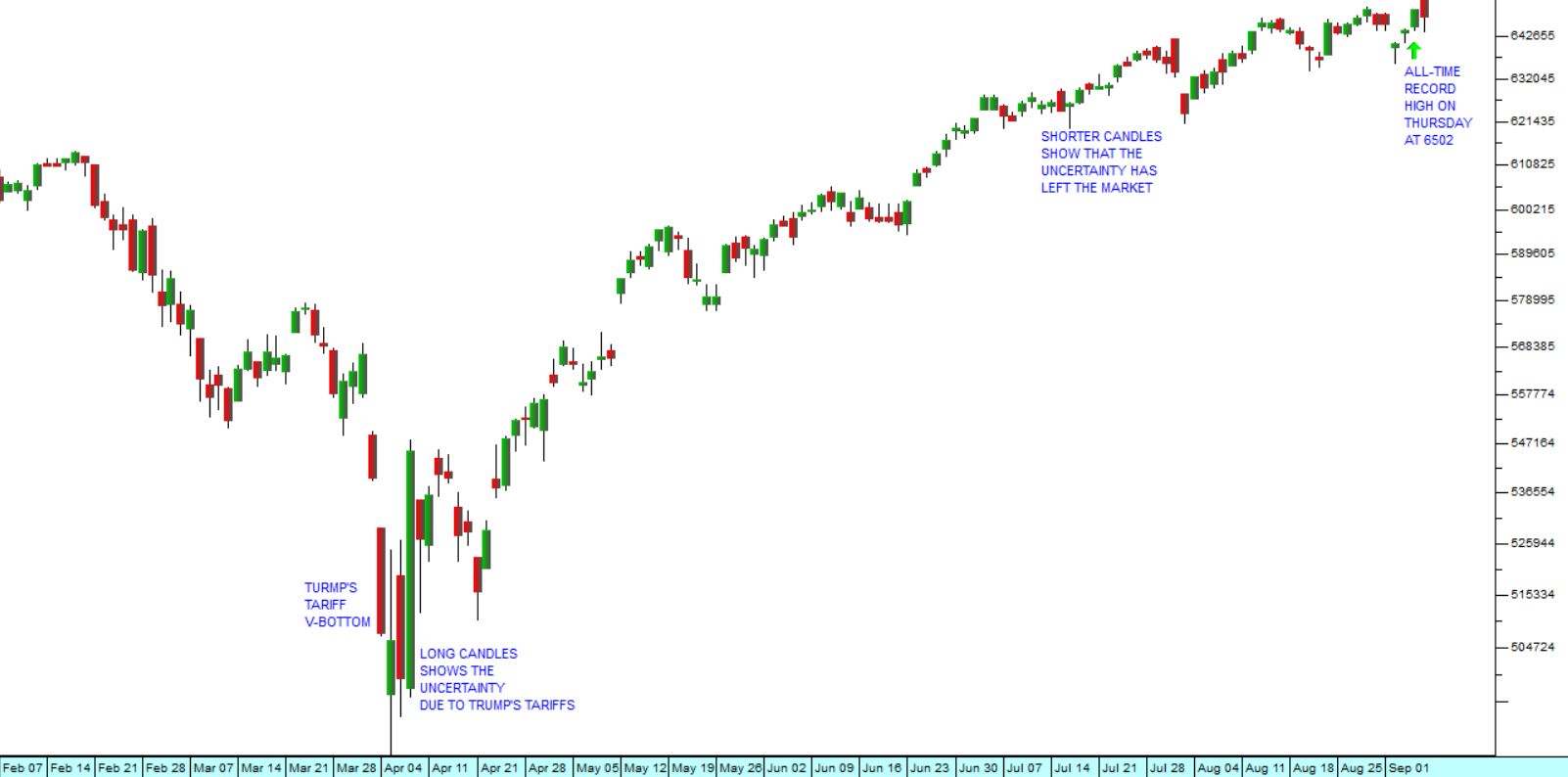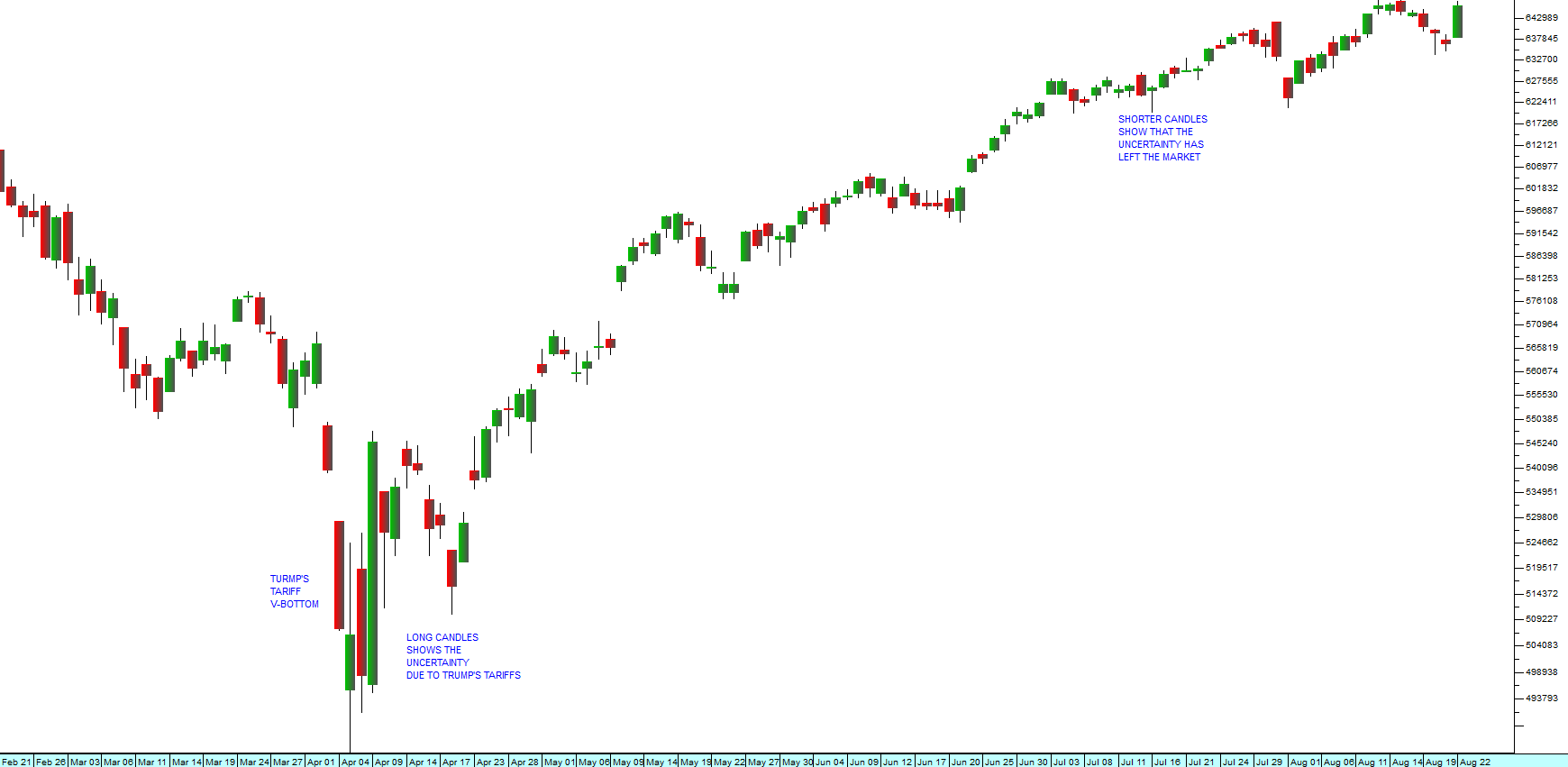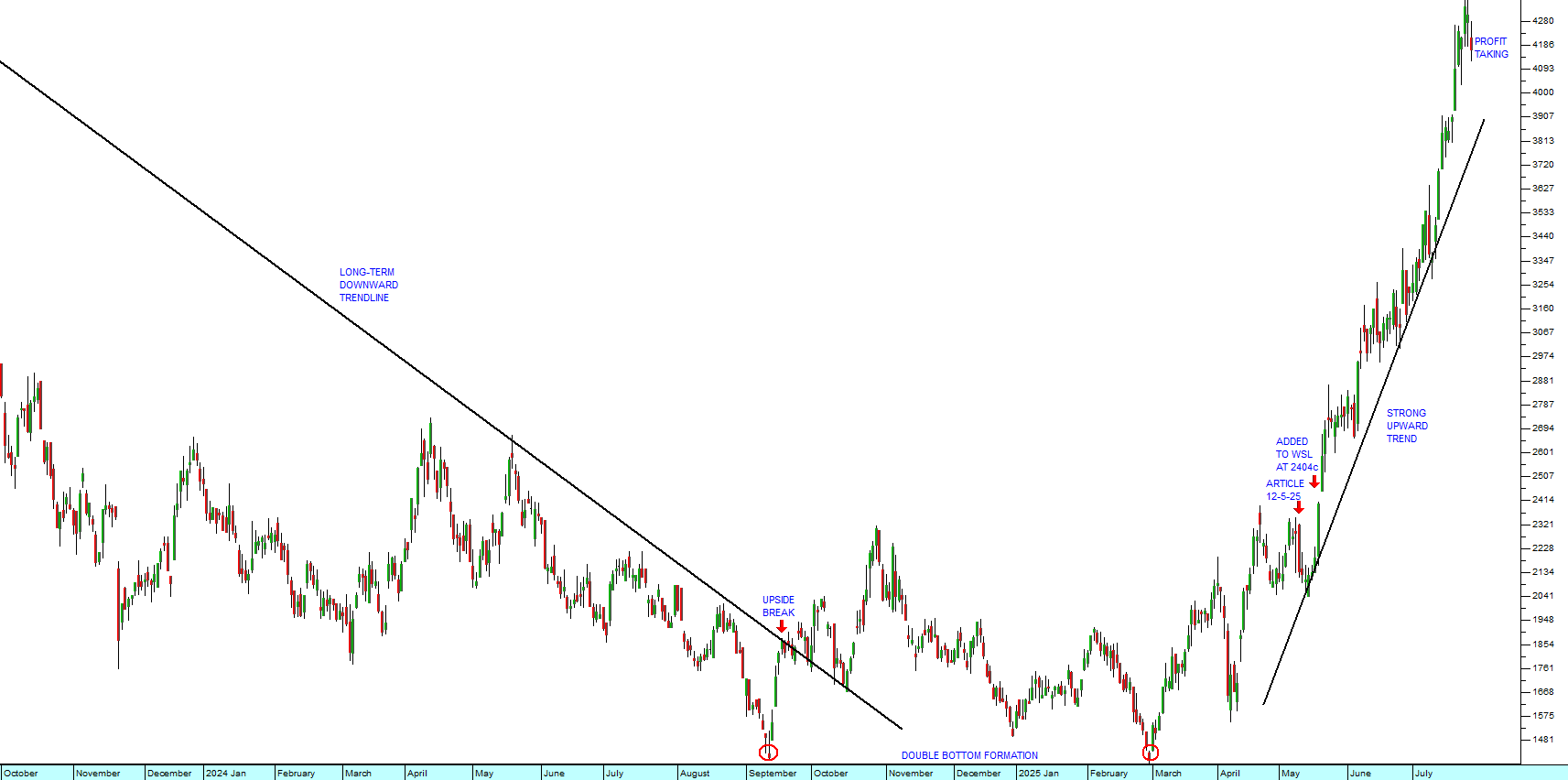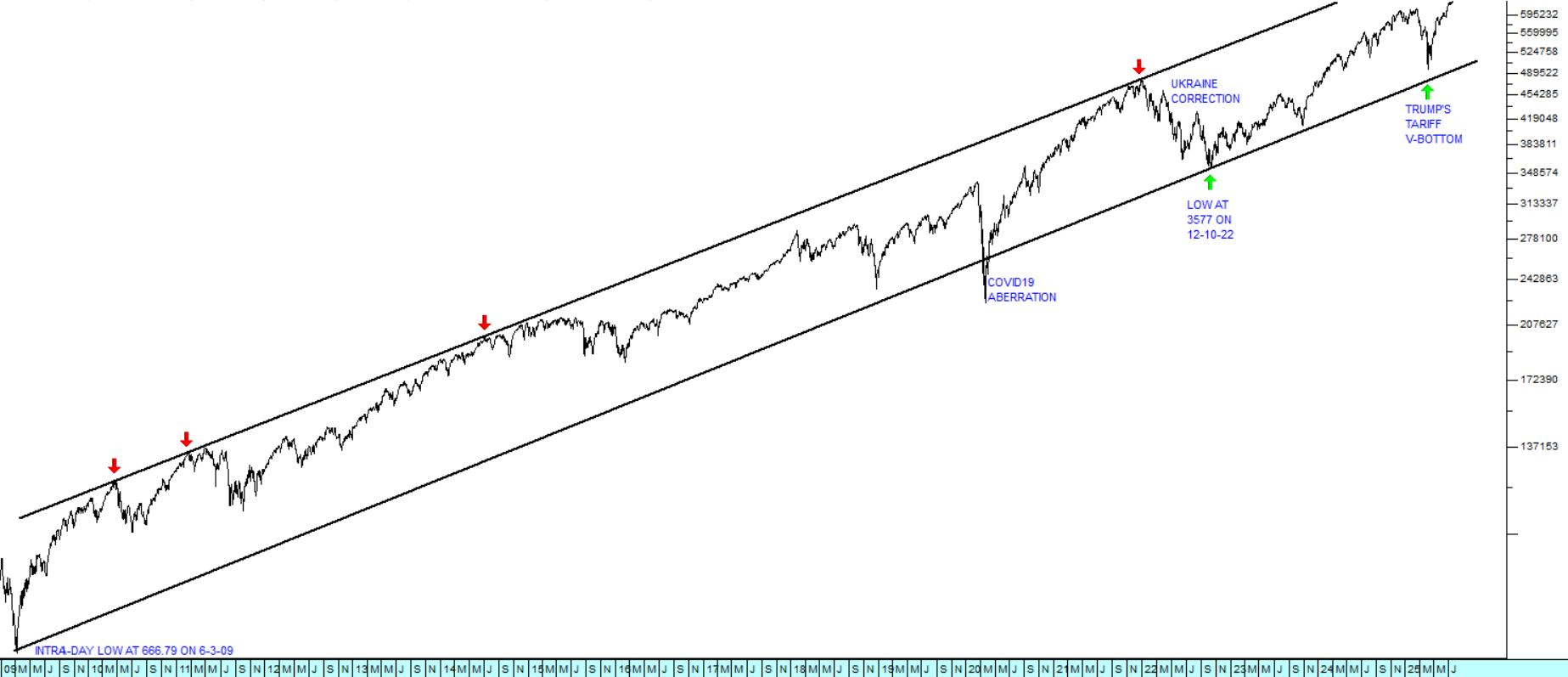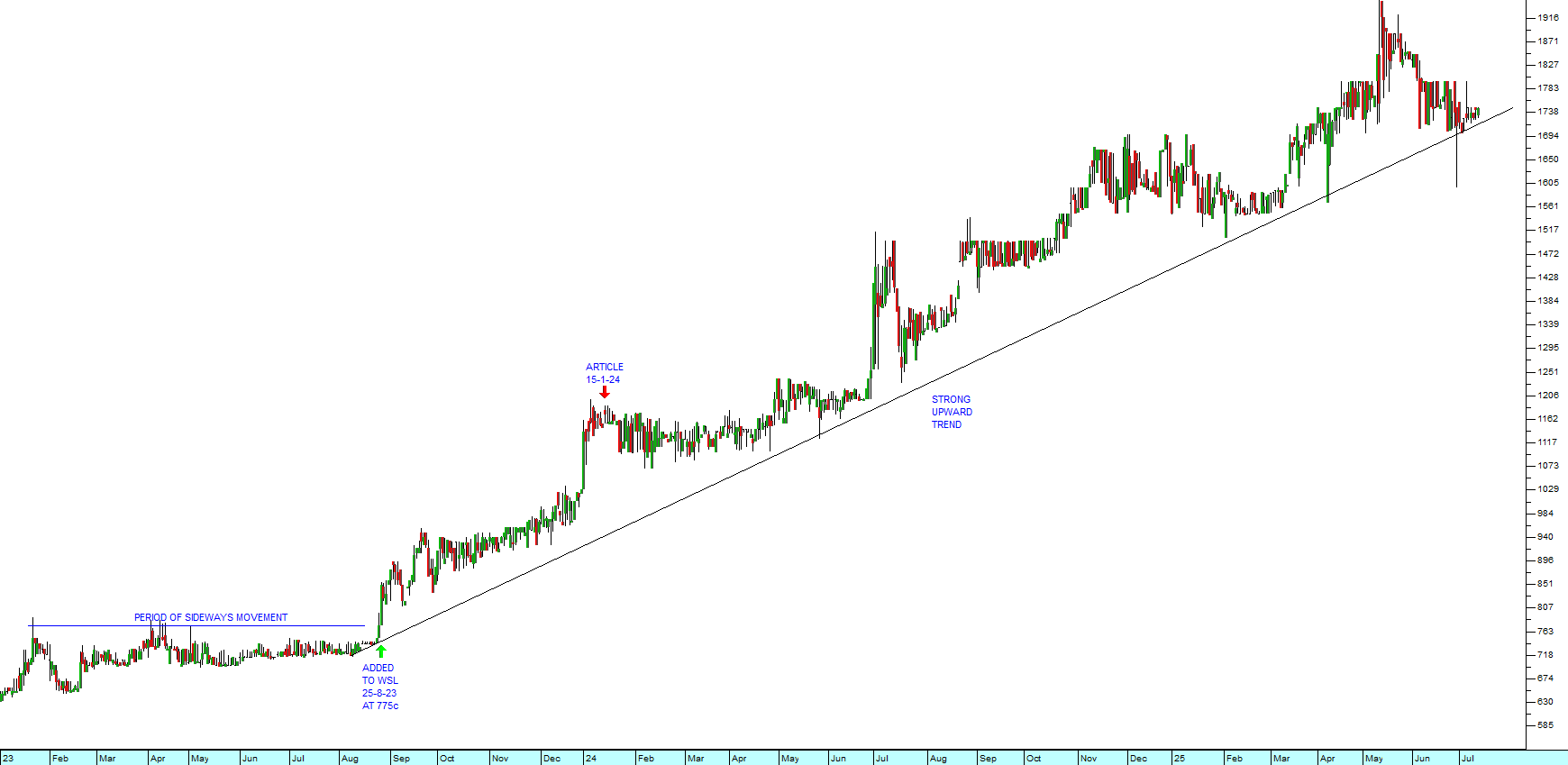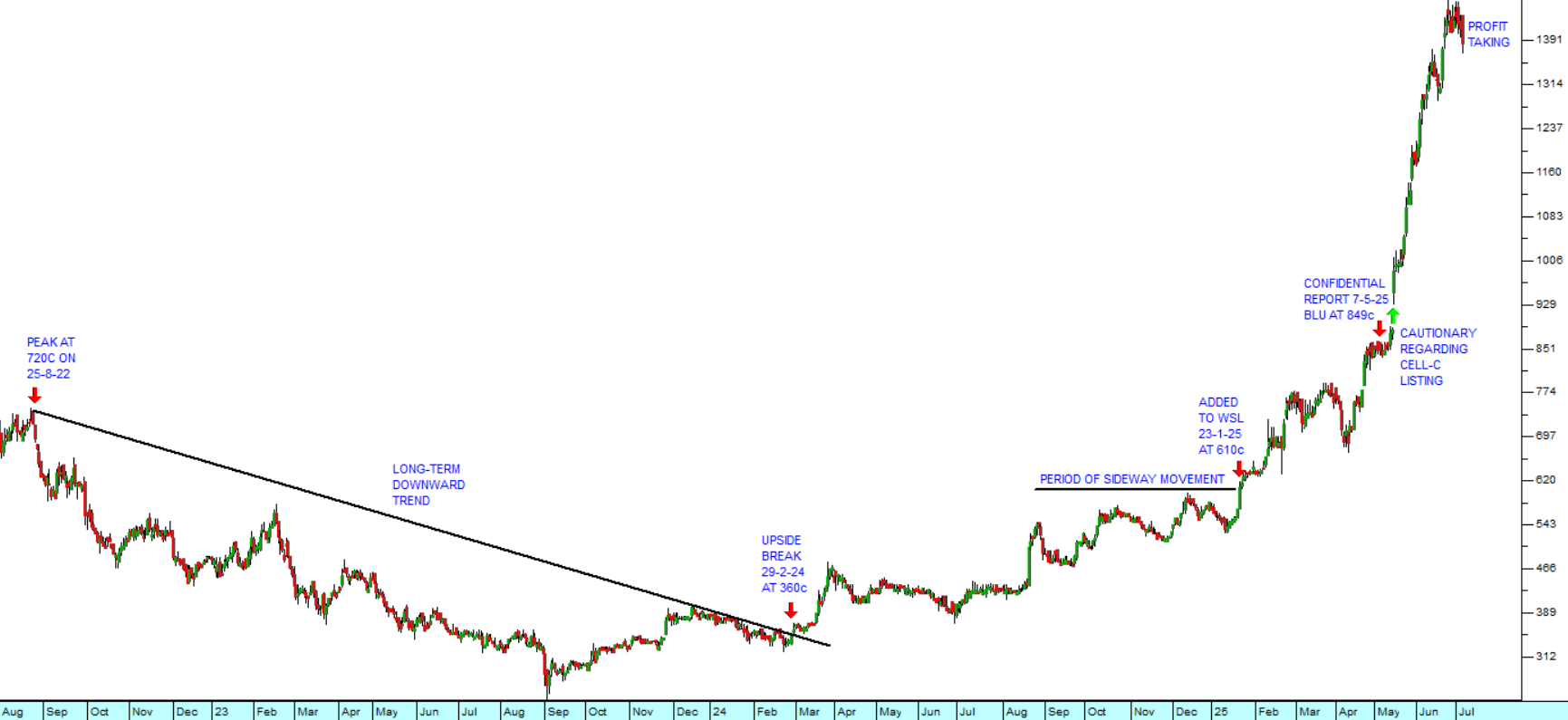Cryptocurrency
28 August 2023 By PDSNETIn the past ten years, cryptocurrencies (“cryptos”) have become perceived as an alternative asset class on the international investment stage. They have the advantage that they are independent of any government control and the disadvantage that they do not represent any tangible asset or income stream.
The value of a cryptocurrency is based entirely on the belief of the people who invest in it – it has no income statement or balance sheet. It is a concept which goes through periods of strong belief and periods when the belief in it dissipates. In this respect it is similar to an investment in gold, which also generates no income. Both asset types depend on belief – the difference is that the belief in gold is literally as old as civilization while the belief in cryptos is a very recent new millennium phenomenon.
Gold has the enormous advantage of having a physical presence to support the belief that it is a substance of value. If you hold a one-ounce krugerrand in your hand, you will immediately know that you are holding something of immense value. You cannot hold a crypto in your hand. It is completely intangible and as such the value that it has is based purely on the fact that some people believe it has value – nothing else. And that belief has proved to be very fickle over the roughly ten years that cryptos have existed. This compares with the belief that gold has value and that has been solid and unwavering for thousands of years.
Because they have no fundamentals, cryptocurrencies cannot be evaluated fundamentally in the same way as a share or even a commodity can be. Therefore, the only way to make an assessment is with technical analysis (charts).
Over the last ten years, since cryptocurrencies became popular, we have learned about some of their main characteristics as a possible investment vehicle.
Firstly, despite the similarity to gold, they are not in any sense a hedge against weakness in the equity markets. In fact, they tend to move directly in line with equity markets.
Secondly, cryptos are a “risk-on” asset – which means that when investors are feeling nervous (i.e., they are generally avoiding risk and are “risk-off”) they tend to sell out of cryptos (and equities) and move their money to safer assets like US treasury bills or gold – and vice versa.
Consider the chart of Bitcoin since the start of 2021:
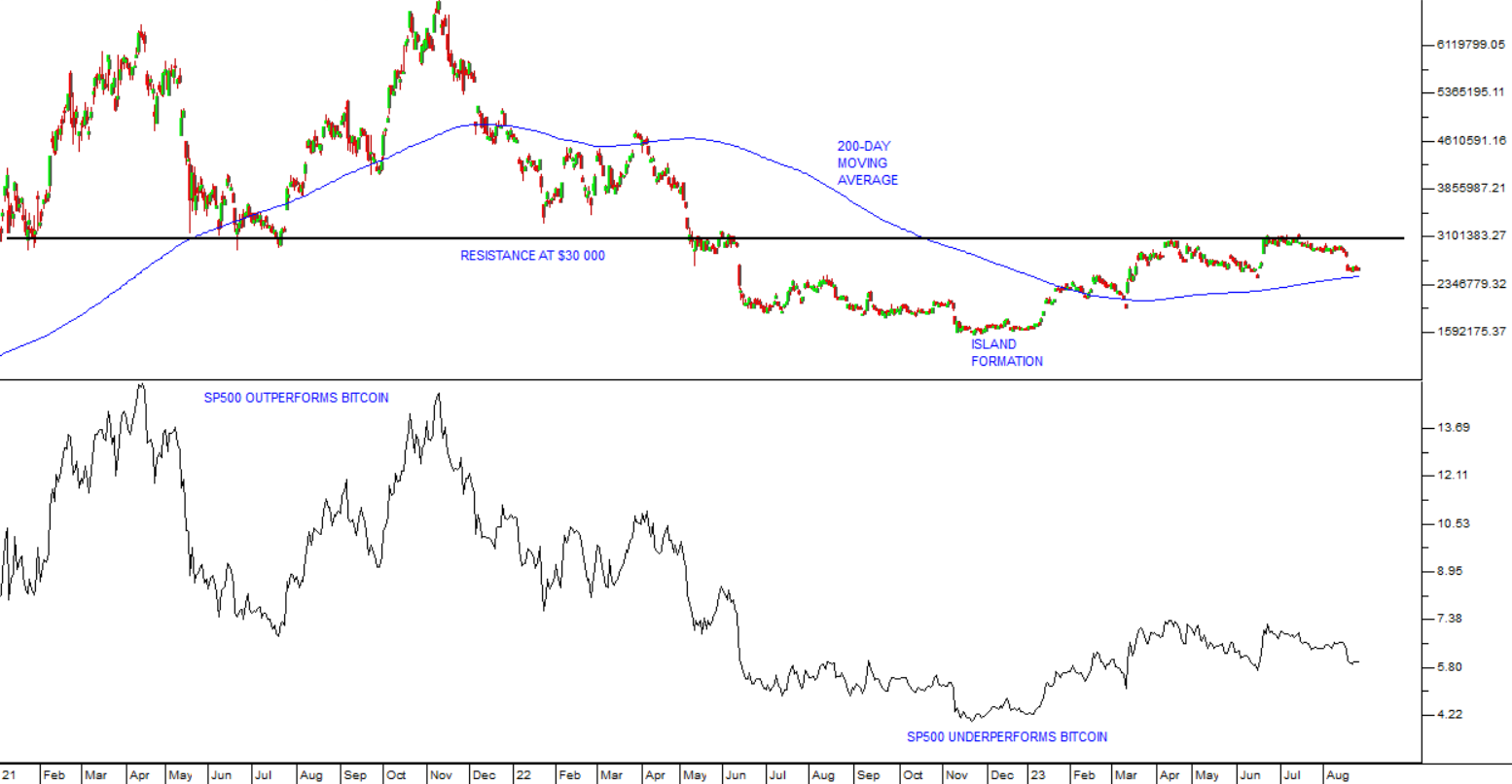
The upper chart is a bar chart of Bitcoin in US dollars. The lower chart is a relative strength chart of Bitcoin - divided by or relative to the S&P500 index.
The upper chart shows the volatile progress of Bitcoin as sentiment towards it waxed and waned. There is a clearly observable long-term support/resistance level at around $30 000. We have added a 200-day moving average because that is said to be a widely followed indicator in this market. And you will note that Bitcoin has recently failed to seriously penetrate the $30 000 level and so fallen back to a place where it is now testing the 200-day moving average.
The lower chart is a relative strength of Bitcoin against the S&P500. This is calculated by dividing the price of Bitcoin by the S&P500 index and charting the result. If Bitcoin outperforms the S&P, then the chart rises and vice versa. What is noticeable in this chart is the fact that Bitcoin only out-performs the S&P when it is itself rising and it underperforms as soon as it is declining – and that means that it does not provide any significant protection or “hedge” against a falling S&P500.
Our view on cryptos remains the same as it has always been. If you have them, sell them. If you don’t have them, don’t buy them.
DISCLAIMER
All information and data contained within the PDSnet Articles is for informational purposes only. PDSnet makes no representations as to the accuracy, completeness, suitability, or validity, of any information, and shall not be liable for any errors, omissions, or any losses, injuries, or damages arising from its display or use. Information in the PDSnet Articles are based on the author’s opinion and experience and should not be considered professional financial investment advice. The ideas and strategies should never be used without first assessing your own personal and financial situation, or without consulting a financial professional. Thoughts and opinions will also change from time to time as more information is accumulated. PDSnet reserves the right to delete any comment or opinion for any reason.
Share this article:

